Nationality French Fields Physics Role Physicist | Name Charles-Augustin Coulomb | |
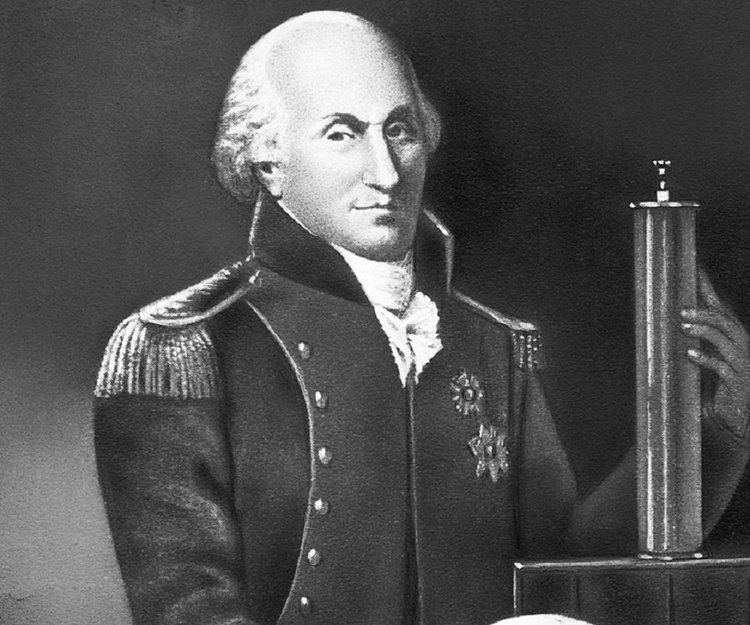 | ||
Books A School History of the Great War, A School History of the Great War by Coulomb Children Henry Louis, Charles Augustin II Parents Catherine Bajet, Henry Coulomb Similar People Andre‑Marie Ampere, William Gilbert, Alessandro Volta, Henry Cavendish, Michael Faraday | ||
Charles augustin de coulomb
Charles-Augustin de Coulomb ([kulɔ̃]; 14 June 1736 – 23 August 1806) was a French physicist. He was best known for developing Coulomb's law, the definition of the electrostatic force of attraction and repulsion, but also did important work on friction. The SI unit of electric charge, the coulomb, was named after him.
Contents
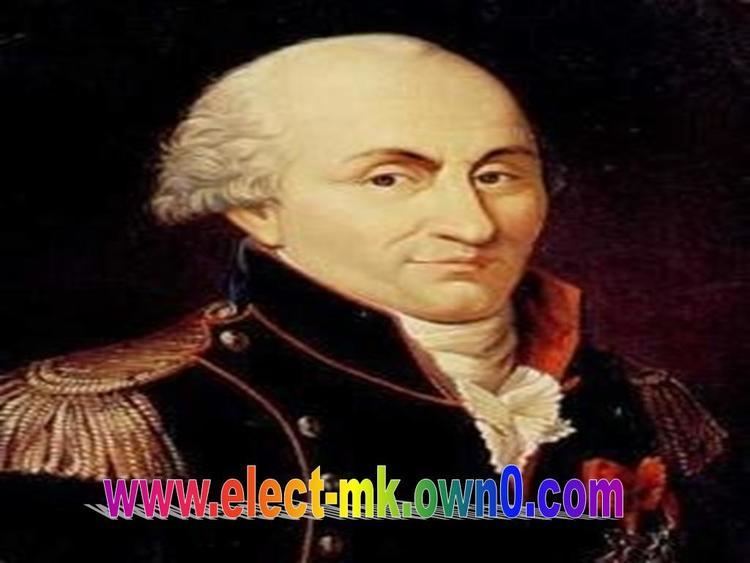
Biography of Charles Augustine COULOMB. | भौतिक विज्ञानी | in hindi |
Life
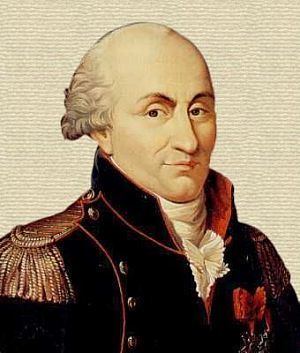
Charles-Augustin de Coulomb was born in Angoulême in France. He was born in a small home near France de Revone where he was raised for 7 years before beginning his education. His parents were Henry Coulomb and Catherine Bajet. He went to school in the Collège Mazarin in Paris where his father lived. His studies included philosophy, language and literature. He also received a good education in mathematics, astronomy, chemistry and botany.
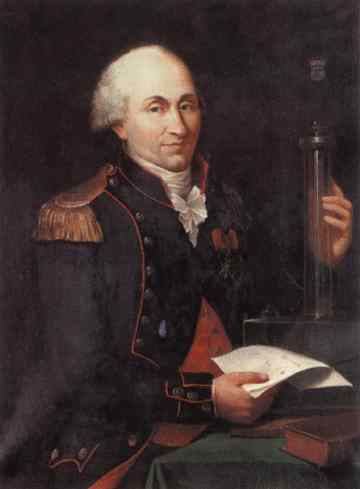
Coulomb graduated in November 1761 from École royale du génie de Mézières. Over the next twenty years, he was posted to a variety of locations where he was involved in engineering: structural, fortifications, soil mechanics, as well as other fields of engineering. His first posting was to Brest but in February 1764 he was sent to Martinique, in the West Indies, where he was put in charge of building the new Fort Bourbon and this task occupied him until June 1772.

On his return to France, Coulomb was sent to Bouchain. However, he now began to write important works on applied mechanics and he presented his first work to the Académie des Sciences in Paris in 1773. In 1779 Coulomb was sent to Rochefort to collaborate with the Marquis de Montalembert in constructing a fort made entirely from wood near Ile d'Aix. During his period at Rochefort, Coulomb carried on his research into mechanics, in particular using the shipyards in Rochefort as laboratories for his experiments.
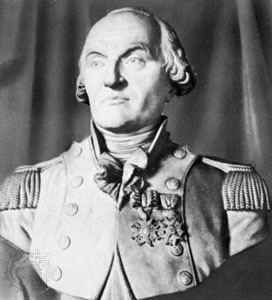
Upon his return to France, with the rank of Captain, he was employed at La Rochelle, the Isle of Aix and Cherbourg. He discovered first an inverse relationship of the force between electric charges and the square of its distance and then the same relationship between magnetic poles. Later these relationships were named after him as Coulomb's law.
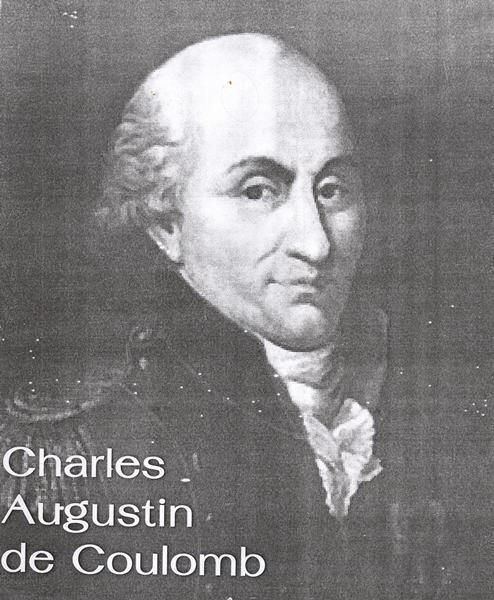
In 1781, he was stationed at Paris. In 1787 with Tenon he visited the Royal Naval Hospital, Stonehouse and they were impressed by the revolutionary "pavilion" design and recommended it to the French government. On the outbreak of the Revolution in 1789, he resigned his appointment as intendant des eaux et fontaines and retired to a small estate which he possessed at Blois. He was recalled to Paris for a time in order to take part in the new determination of weights and measures, which had been decreed by the Revolutionary government. He became one of the first members of the French National Institute and was appointed inspector of public instruction in 1802. His health was already very feeble and four years later he died in Paris.
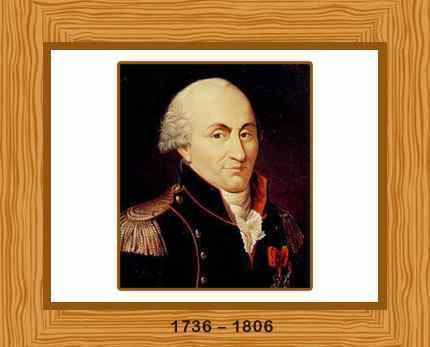
Coulomb leaves a legacy as a pioneer in the field of geotechnical engineering for his contribution to retaining wall design. His name is one of the 72 names inscribed on the Eiffel Tower.
Research
In 1784, his memoir Recherches théoriques et expérimentales sur la force de torsion et sur l'élasticité des fils de metal (Theoretical research and experimentation on torsion and the elasticity of metal wire) appeared. This memoir contained the results of Coulomb's experiments on the torsional force for metal wires, specifically within a torsion balance. His general result is:
the moment of the torque is, for wires of the same metal, proportional to the torsional angle, the fourth power of the diameter and the inverse of the length of the wire.
In 1785, Coulomb presented his first three reports on Electricity and Magnetism:
Il résulte donc de ces trois essais, que l'action répulsive que les deux balles électrifées de la même nature d'électricité exercent l'une sur l'autre, suit la raison inverse du carré des distances.
Translation: It follows therefore from these three tests, that the repulsive force that the two balls — [which were] electrified with the same kind of electricity — exert on each other, follows the inverse proportion of the square of the distance.
Four subsequent reports were published in the following years:
Coulomb explained the laws of attraction and repulsion between electric charges and magnetic poles, although he did not find any relationship between the two phenomena. He thought that the attraction and repulsion were due to different kinds of fluids.
